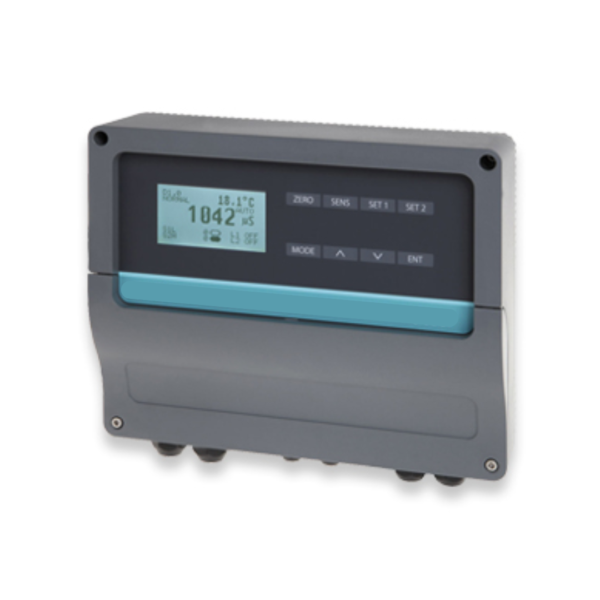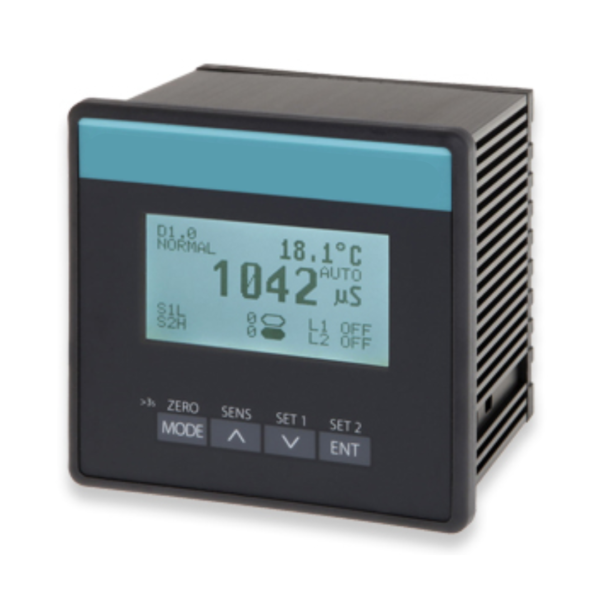What is the purpose of PID control?
The purpose of PID control is to keep the EC value constant around a desired setpoint, e.g. 2.0 mS/cm.
If EC is too low → adjust pump with nutrients.
If EC is too high → dilute water or reduce dosage.
How does PID control work in this application?
1. Measurement (Input)
- An EC sensor continuously measures the current conductivity of the water.
2. Comparison with setpoint
- De fout (error) wordt berekend:
- Error = Setpoint – Measured EC value
3. PID calculation
- The controller calculates how fast and how much to adjust based on this error.
- Proportional (P):
- Direct response to the error.
- The larger the error, the stronger the correction (e.g. more fertiliser dosing).
- Integrative (I):
- Corrects for permanent deviations.
- If the EC remains slightly too low for a long time, it slowly increases the dosage.
- Differentiating (D):
- Looks at how fast the EC changes.
- Inhibits rapid increases or decreases → prevents excess.
4. Control (Output)
- The calculated correction is sent to e.g. a dosing pump or valve.
Example:
- Setpoint EC = 2.0 mS/cm
- Measured EC = 1.6 mS/cm → error = +0.4
- PID controller EC3055:
- Turns on the feed pump (proportional)
- Keeps it on longer as error persists (integral)
- Adjusts dosage if EC rises too quickly (differential)
At Nieuwkoop, we offer one of the most accurate EC controllers including PID control available which are also easy to use.

